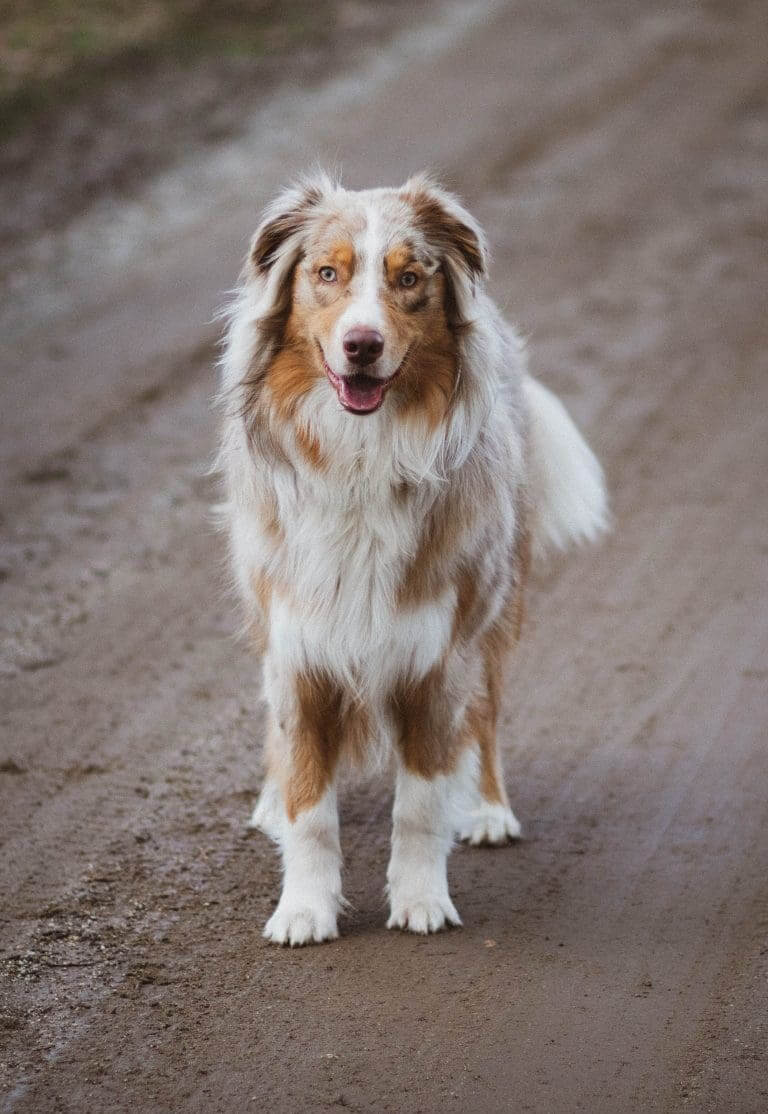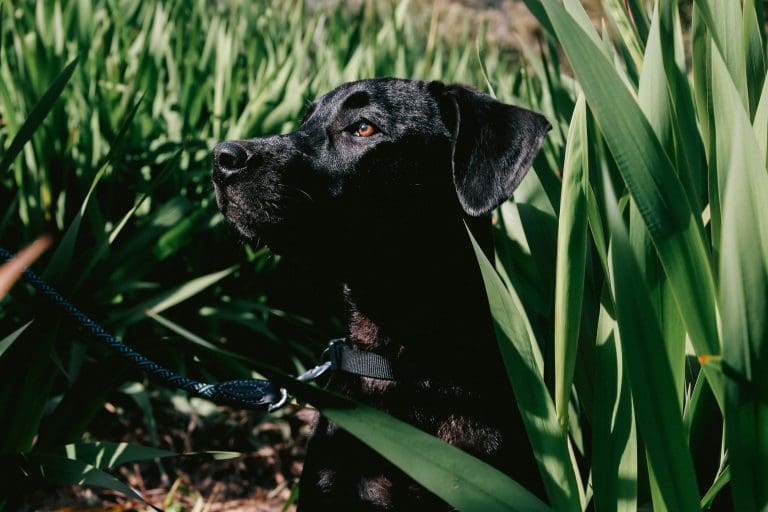How To Shrink A Dog Lipoma Naturally?
Post Date:
December 10, 2024
(Date Last Modified: December 10, 2024)
Dog owners often face the challenge of dealing with lipomas, benign tumors made up of fatty tissue. These growths can be concerning, not just because of their appearance but also due to the health questions they raise. Many owners seek natural alternatives to surgical removal, hoping to find ways to shrink a dog lipoma. Understanding lipomas and exploring natural methods may provide peace of mind and promote healthier outcomes for our furry companions.
Causes and Symptoms of Lipomas
Lipomas are commonly found in older dogs, particularly those that are overweight or belong to certain breeds predisposed to developing them, such as Labrador retrievers, golden retrievers, and beagles. While generally harmless, lipomas can sometimes cause discomfort or limitations in mobility, especially if they are located in sensitive areas. Owners may notice these lumps during grooming or petting, prompting concern about what to do next.
Consulting a Veterinarian
The first step in managing a lipoma is consulting with a veterinarian. A professional can confirm the diagnosis and rule out other conditions that may require different treatment. Understanding your dog’s health status allows you to explore natural options for managing lipomas effectively.
Dietary Changes
Diet plays a significant role in a dog’s overall health and can influence the development and size of lipomas. Providing a high-quality, balanced diet low in processed foods and rich in nutrients can help manage weight and overall health. Incorporating whole foods, such as lean meats, vegetables, and healthy fats, may assist in reducing body fat and potentially shrinking lipomas. Omega-3 fatty acids, found in fish oil and flaxseed oil, are particularly beneficial, as they help reduce inflammation and promote healthier skin and coat.
Reducing carbohydrate intake is another important dietary adjustment. Many commercial dog foods are high in carbohydrates, which can contribute to weight gain and the formation of fatty tissue. Opting for a low-carb diet that includes more protein and healthy fats can help maintain a healthy weight and may decrease the size of lipomas over time.
Importance of Exercise
Regular exercise is vital for maintaining your dog’s health and weight. Physical activity helps manage weight and promotes better circulation, contributing to overall well-being. Tailoring an exercise regimen to your dog’s age, breed, and physical abilities is essential. Daily walks, playtime in the yard, or interactive games can make it easier to establish an enjoyable routine.
Natural Supplements and Remedies
Natural supplements may also help manage lipomas. Some owners have found herbal remedies such as turmeric, dandelion root, and milk thistle beneficial due to their anti-inflammatory and detoxifying properties. Turmeric contains curcumin, which has been studied for its potential to reduce inflammation and support overall health. Always consult with your veterinarian before considering any supplements to ensure they are appropriate for your dog’s specific needs and health conditions.
Exploring Essential Oils
Essential oils, such as frankincense and myrrh, are sometimes suggested for their properties that may help with fatty tumors. However, it is crucial to approach this method with caution. Essential oils must be diluted properly and used in moderation, as some oils can be toxic to dogs. Consulting with a holistic veterinarian before incorporating essential oils into your dog’s care routine is essential.
Benefits of Massage Therapy
Gently massaging the area around the lipoma can improve circulation and lymphatic drainage, potentially helping the body process and reduce fatty tissue. This method requires patience and should be done carefully to avoid discomfort. Regular massage sessions may also strengthen the bond between you and your pet.
Importance of Hydration
Proper hydration supports metabolic processes and helps the body eliminate toxins more effectively. Ensuring your dog has access to fresh water is essential for their overall health. Encouraging your dog to drink more water can have a positive impact on their well-being.
Monitoring Lipomas
While these natural methods can be beneficial, monitoring the lipoma closely is important. Changes in size, texture, or behavior should be reported to your veterinarian promptly. If a lipoma becomes painful or shows signs of growth, further evaluation may be necessary.
Managing Stress
Managing stress in your dog can also impact overall health. Stress can weaken the immune system and exacerbate health issues. Creating a calm environment, providing mental stimulation, and ensuring plenty of relaxation can help your dog feel secure and healthy.
Supporting the Immune System
Supporting your dog’s immune system is crucial in managing fatty tumors effectively. Incorporating foods rich in antioxidants, such as blueberries, carrots, and sweet potatoes, can help boost your dog’s immune health. Any dietary changes should be gradual to avoid gastrointestinal upset.
Regular Veterinary Check-Ups
Regular veterinary check-ups are essential for monitoring your dog’s lipomas and overall health. Your veterinarian can provide valuable insights and recommendations tailored to your dog’s specific needs and help determine if any additional interventions are necessary.
Natural methods may not guarantee the shrinking of a dog lipoma, but they can help manage overall health and potentially reduce the size of fatty tumors. Each dog is unique, and what works for one may not work for another. Being attentive to your dog’s needs and maintaining open communication with your veterinarian can lead to the best outcomes.






